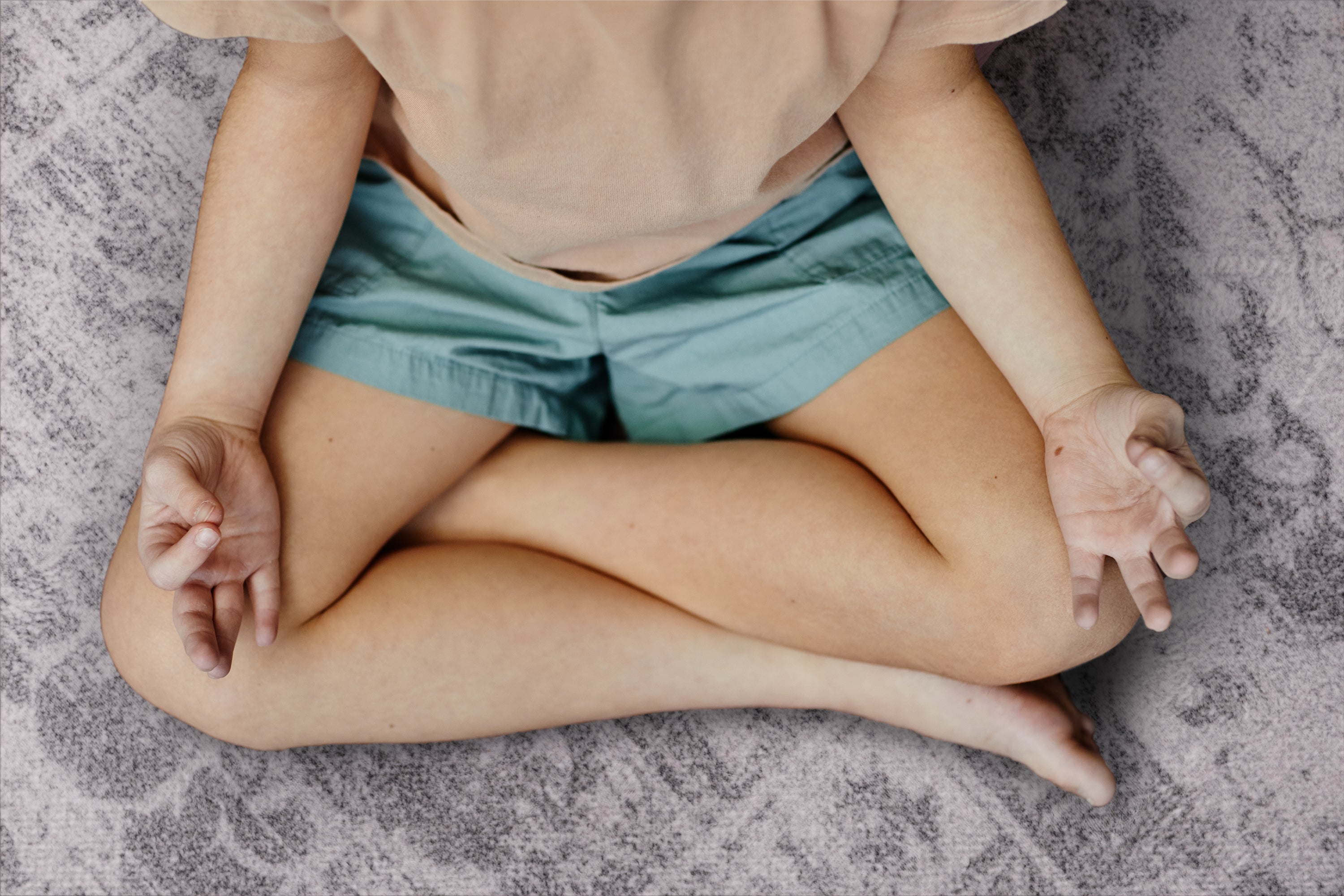Why Mindfulness for Children?
Mindfulness, the practice of being fully present and engaged in the moment, has been shown to offer numerous benefits for children. These include enhanced focus, reduced stress, improved emotional regulation, and a greater capacity for compassion and empathy. For young children, whose brains and personalities are still developing, these benefits can lay the foundation for lifelong mental resilience and emotional intelligence.
The Role of Physical Space in Mindfulness Practice
The environment in which mindfulness practice takes place plays a crucial role, especially for children. This is where safe and comfortable mats come in. A mat serves as a physical demarcation of a 'mindful space' – a special area where children can engage in mindfulness exercises. This distinction helps them transition from their usual play or learning activities into a mindfulness mindset.
Magic Carpet Ride:
Concept: Transform the soft mat into a 'magic carpet' that takes children on imaginative journeys.
Activity: Have the children lie down on the mat with their eyes closed. Guide them through a creative visualization, such as flying over mountains, swimming in the ocean, or walking through a forest. Use descriptive language to engage their senses, helping them imagine the sights, sounds, and smells of the environment.
Mindfulness Aspect: This exercise encourages focus, imagination, and relaxation. It teaches children to use their minds to explore and relax, fostering a sense of inner peace.
Breathing Buddies:
Concept: Use a small, lightweight object as a breathing buddy, such as a soft toy or a feather.
Activity: Have each child lie on their back on the mat and place their breathing buddy on their belly. Guide them to observe the rise and fall of the object as they breathe in and out. Encourage them to notice the movement and synchronize their breathing with it.
Mindfulness Aspect: This exercise helps children to focus on their breath, a fundamental aspect of mindfulness. It also introduces them to the concept of deep, abdominal breathing, which is calming and centering.
Colourful Feelings:
Concept: Connect emotions with colours in a playful and engaging way.
Activity: Ask the children to think of different emotions and assign a colour to each emotion. For example, happiness might be yellow, and sadness might be blue. On their mats, have them draw these colours in the air with their fingers, imagining painting their feelings.
Mindfulness Aspect: This exercise encourages emotional awareness and expression. It helps children to recognize and articulate their feelings, an essential skill in emotional regulation.
Nature's Symphony:
Concept: Focus on mindful listening, using sounds of nature.
Activity: Play recordings of various natural sounds (like rain, birds chirping, or waves crashing) while the children lie on their mats. Ask them to focus on each sound, identifying and visualizing its source.
Mindfulness Aspect: This exercise enhances auditory focus and awareness. It teaches children to be present and attentive to the sounds around them, fostering a sense of calm and connectedness to the natural world.
Each of these exercises, performed on a soft mat, offers a unique and engaging way to introduce young children to mindfulness practices. The key is to make these activities fun and interactive, allowing children to explore mindfulness at their own pace and in a manner that resonates with them.


Share:
Soft Rugs: A Gentle Gateway to Sensory Exploration for Autistic Children
The Magic of Visually Stimulating Play Mats